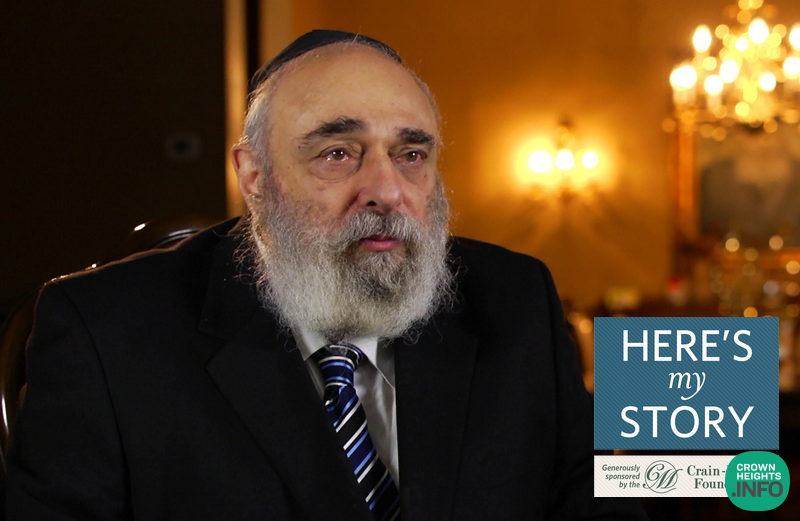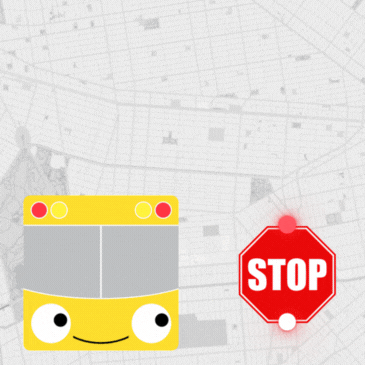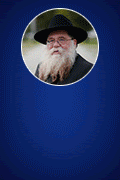
Here’s My Story: Chasid M.D.
Dr. Moshe Feldman
Click here for a PDF version of this edition of Here’s My Story, or visit the My Encounter Blog.
When I was a young boy, Crown Heights was filled with all kinds of Jews. So even though I lived just a few blocks away from 770, I didn’t know much about Lubavitch or the Rebbe.
While attending medical school in Nashville, Tennessee, I met Rabbi Zalman Posner, the Chabad rabbi of the local Orthodox synagogue. He was the first rabbi I ever saw who would handle the questions people had about science and religion, the authenticity of Torah, our purpose in life, and so forth. In his speeches, he would also mention this rabbi in a “little building in Brooklyn” – the Rebbe.
And so in 1970, when I moved back to New York with my family after finishing my military service – I was a physician and captain in the Air Force – Lubavitch was the Jewish group whose school we felt comfortable sending our children to. I was at the Albert Einstein College of Medicine in the Bronx, first finishing my residency training and then studying pediatric cardiology, and so we sent our children to the nearby yeshivah run by Rabbi Mordechai Altein. We also hosted Torah classes in our home, made friends in the world of Lubavitch, and I even attended some of the Rebbe’s farbrengens. However, the first time I actually met him was in 1977.
It was the night of Shemini Atzeret, and our family was spending the holidays in Crown Heights for the first time. The synagogue was very crowded, and I was standing in the back, when suddenly there was screaming: “Everyone out! The Rebbe needs air!”
I took my children out, but realizing that the Rebbe was suffering a medical emergency, I headed back in. In those days, I was spending more time in intensive care units than at home, and I took my medical equipment everywhere; I was always prepared.
I wanted to help, but the chasidim weren’t allowing anyone near the Rebbe. Eventually, some people recognized me, and they let me through. By then, he was in his office, and I saw that he was pale and short of breath. The ten or twelve other physicians who were already there agreed that he had the symptoms of a heart attack. However, the Rebbe refused to go to a hospital for more intensive medical care, so most of the physicians left, aside from myself and three others.
Later, when I was alone with the Rebbe, I also tried to convince him. “We have a lot of cardiac equipment here,” I explained, “but it would be better to have a full staff and more extensive equipment.”
He pointed at his desk.
“Do you see this desk?” he asked me.
“Yes,” I replied.
He pointed around the room. “Do you see my chair? Do you see these books? This desk, this chair, and these books have witnessed the tears of my chasidim and absorbed their energy. This is the energy that is going to get me better.”
I couldn’t argue with that. There was no further discussion about going to the hospital.
In the meantime, Dr. Bob Richter was able to secure a cardiac monitor and, after hooking it up, we decided to take shifts watching it outside the Rebbe’s room. At around 1:00 AM, we saw the Rebbe’s cardiac rhythm develop a bizarre pattern, which was very ominous. The Rebbe was having another cardiac event at that moment. It confirmed our original diagnosis, and this was when we started caring for the cardiac problem with some intravenous solutions and other medications I had prepared.
By the next day, the Rebbe was recovering remarkably well, in terms of his energy. And the night after that, when Simchat Torah was over, he wanted to address his chasidim. All of the physicians tried to counsel the Rebbe not to do this, feeling that it would be too much strain on his heart, but he insisted. He spoke into a microphone in his office, while sitting up, with speakers set up in the synagogue.
Meanwhile, four or five of us gathered around the cardiac monitor, ready to jump in if needed. But, by some miracle, when he began speaking, we saw the cardiac pattern return to baseline, to what it would have been before the heart attack. I don’t have a medical explanation for it; it was as though the extra strain, rather than making his heart more abnormal, had returned it to normal.
Even after the Rebbe resumed his public appearances in the ensuing months, Dr. Levi Lehv and I continued observing him, alongside a team of other doctors, using a telephonic cardiac monitor during public farbrengens; we were actually the first doctors in New York to use this technology. While Dr. Lehv watched the monitor, I would sit near the Rebbe, watching as he spoke.
He was theoretically in fine health by this stage, but I noticed that when he was saying a chasidic discourse, in particular, he almost looked like he was no longer physically in the world. It’s hard to explain, but his face was pale, his expression was distant, and if anyone else had presented that way I would think that they were very sick. I called Dr. Lehv on our intercom system, and he told me that everything was fine. There were some things, I learned, that went above what we could see medically.
Going back to the night of the heart attack, I recall how, for the first few hours, everyone was gathered outside of 770, concerned and waiting to hear word about the Rebbe. At the same time, I also saw some people – fathers with their children, and others – who were still dancing and singing, continuing the traditional hakafot services, and keeping up the energy of the holiday.
At one point, when I was back in the Rebbe’s office, he asked me how things were going. I understood that he wasn’t asking about his own physical status; he probably knew more about his cardiac condition than I did. I told him how there were still people singing and dancing in the streets.
Happy with that answer, the Rebbe looked at me, smiled, and nodded.
I continued to help with the Rebbe’s medical needs in the years that followed, including in 1992, when he suffered a stroke while praying at the resting place of the Previous Rebbe. As with any stroke, it took several hours for the signs and symptoms to become manifest in his speech and physical movements, after which it became difficult to understand what he was saying.
When he was first brought back to 770, accompanied by his secretaries, I walked over to him. He looked up at me and said, quite clearly, “Shira v’zimrah,” which are both Hebrew words for “singing.”
It seemed out of context; at first I thought I hadn’t heard correctly, and some of the people offered other ideas for what he might have meant. But the Rebbe shook his head, repeated the phrase, and kept looking at me while he said it.
Then I was reminded of how he had smiled when I told him about those chasidim dancing and singing in the streets fifteen years earlier. There are thousands of articles on the impact of happiness on one’s health, and really everything works better when we have unity and joy. And so I understood that he wanted the same thing once again: To help him with our happiness and our singing.
Dr. Moshe Feldman was a pediatric specialist who practiced medicine for nearly 50 years – in the Bronx, and later in Crown Heights – until his passing in 2021. He was interviewed in January 2012.












